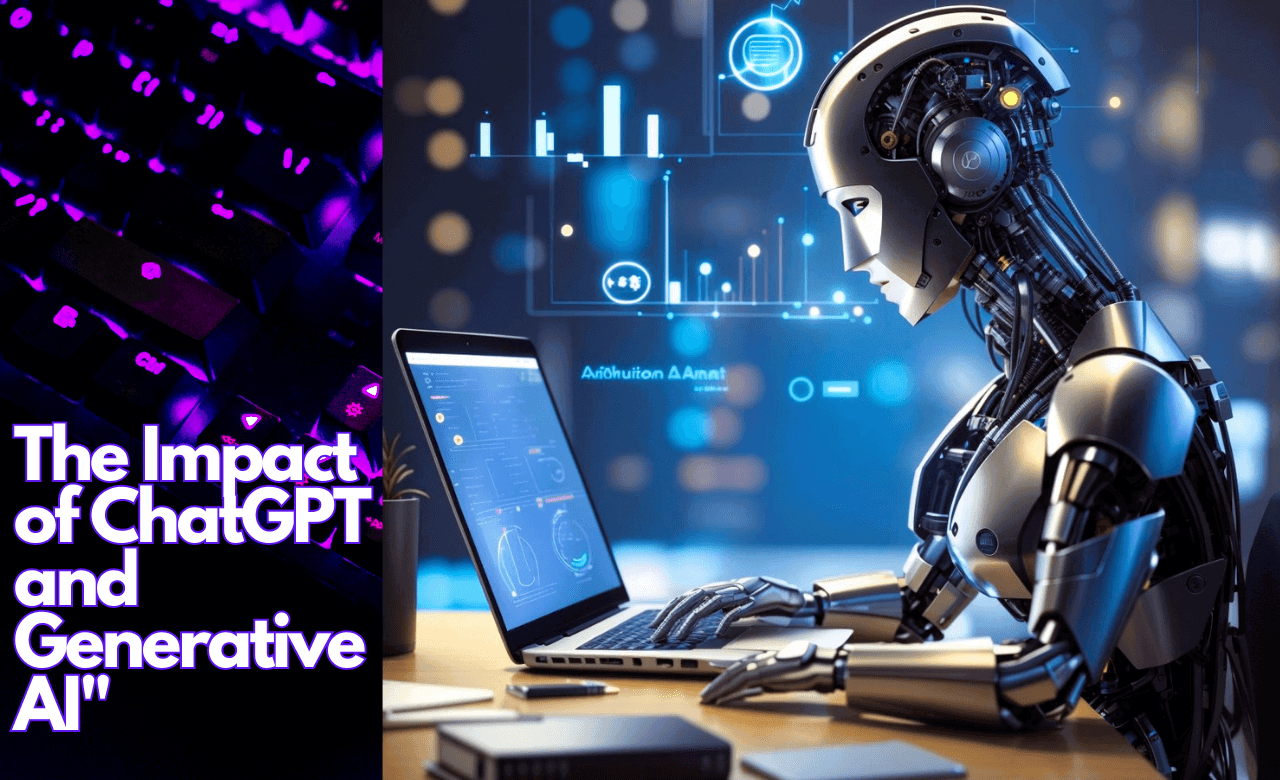
How Close Are We to Peak AI? Unraveling the Dynamics of Generative AI in 2024
The AI landscape has witnessed unprecedented growth in recent years, with the development of cutting-edge models captivating the imagination of tech enthusiasts worldwide. As we stand on the precipice of 2024, it’s essential to scrutinize the trajectory of generative AI, particularly in the wake of Google’s much-anticipated Gemini model release.
Assessing the Current Landscape: GPT-4’s Unbroken Streak
OpenAI’s GPT-4, a formidable language model introduced in March, has emerged as the undisputed champion in the AI arena. The question looms large: has any AI model convincingly surpassed the prowess of GPT-4 since its debut? The resounding silence in response hints at the monumental challenge this represents.
The Gemini Conundrum: A Challenger Approaches?
Much buzz surrounded Gemini, Google’s purported response to GPT-4, heralded as “Google’s most capable AI model yet.” However, a critical analysis reveals a less triumphant narrative. Gemini Ultra, the advanced iteration slated for the next year, barely outperforms GPT-4 on performance benchmarks.
On the crucial metric of reading comprehension, Gemini Ultra scored 82.4, only marginally surpassing GPT-4’s 80.9. Strikingly, Gemini Ultra faltered on a benchmark gauging commonsense reasoning for everyday tasks, trailing behind GPT-4. This prompts a vital question: is generative AI, epitomized by today’s most advanced models, already approaching its zenith?
The Proliferation of Comparable Models
Despite several contenders entering the ring, including Elon Musk’s Grok, the open-source Mixtral, and Google’s Gemini Pro, none have convincingly outshone GPT-4. Noted innovation professor Ethan Mollick underscored this on X, stating, “it’s been a year, and no one has beaten GPT-4.”
While these models demonstrate parity with GPT-3.5, boasting slightly lower accuracy, they have yet to eclipse GPT-4’s capabilities. A recent pre-print paper from Carnegie Mellon University confirms this, solidifying GPT-4’s unchallenged reign.
The Pursuit of Artificial General Intelligence (AGI)
The industry’s quest for Artificial General Intelligence (AGI), mirroring human cognitive abilities, remains an overarching goal. OpenAI’s Sam Altman ardently champions this cause. However, the absence of a model conclusively surpassing GPT-4 raises pertinent questions.
Transformers, the neural networks propelling language models, exhibit enhanced performance with an increased number of parameters. While the exact parameters of OpenAI’s models remain undisclosed, estimates suggest GPT-3 boasted approximately 175 billion parameters.
The Scaling Challenge: Practicality vs. Potential
Scaling transformers, though theoretically promising, encounters practical hurdles. Transformer models linearly scale with the amount of data and compute they receive. However, this approach necessitates vast resources, both in terms of data availability and computational power.
Alex Voica, a consultant at the Mohamed bin Zayed University of Artificial Intelligence, emphasizes the impracticality of this approach for most companies. The challenge lies not only in resource availability but also in recent revelations about transformers’ limitations.
Unveiling Transformer Limitations: The Quest for a World Model
Recent research from Google posits that transformers struggle with generalization, a potential stumbling block on the path to AGI. This revelation prompts industry players to explore innovative solutions, one of which is the concept of a “world model.”
In essence, a world model augments transformers with reasoning capabilities, elevating them beyond mere memory-centric models. Voica articulates this evolution, stating, “The moment you step outside of its very good memory, it just falls apart very quickly. However, if you can add to that vast memory the capacity to do some reasoning, which is the world model, then you would have something that is truly useful.”
The Future Landscape: Awaiting the Next Leap
While companies actively seek solutions to transformer limitations, the anticipation for a paradigm-shifting leap in generative AI remains palpable. The industry hungers for a model that not only matches but surpasses GPT-4, signaling a tangible stride toward AGI.
In the quest for the next evolutionary step, tech giants grapple with the intricacies of transformer models, exploring avenues to enhance generalization and reasoning capabilities. As we navigate this complex terrain, the tantalizing prospect of a groundbreaking model on the horizon keeps the AI community on the edge of its collective seat.
Conclusion: The Unresolved Question
In conclusion, the discourse surrounding peak AI persists. Despite a myriad of AI models released, none have convincingly dethroned GPT-4. The industry teeters on the precipice, contemplating whether the next breakthrough is imminent or if unforeseen challenges lie ahead. As we delve deeper into the intricacies of generative AI, the pursuit of Artificial General Intelligence continues unabated.






Dealing with AI - Finance News
The ‘Super’ AI models that could soon upend the economy - Finance News
How To Become A Data Science & AI Expert - Finance News